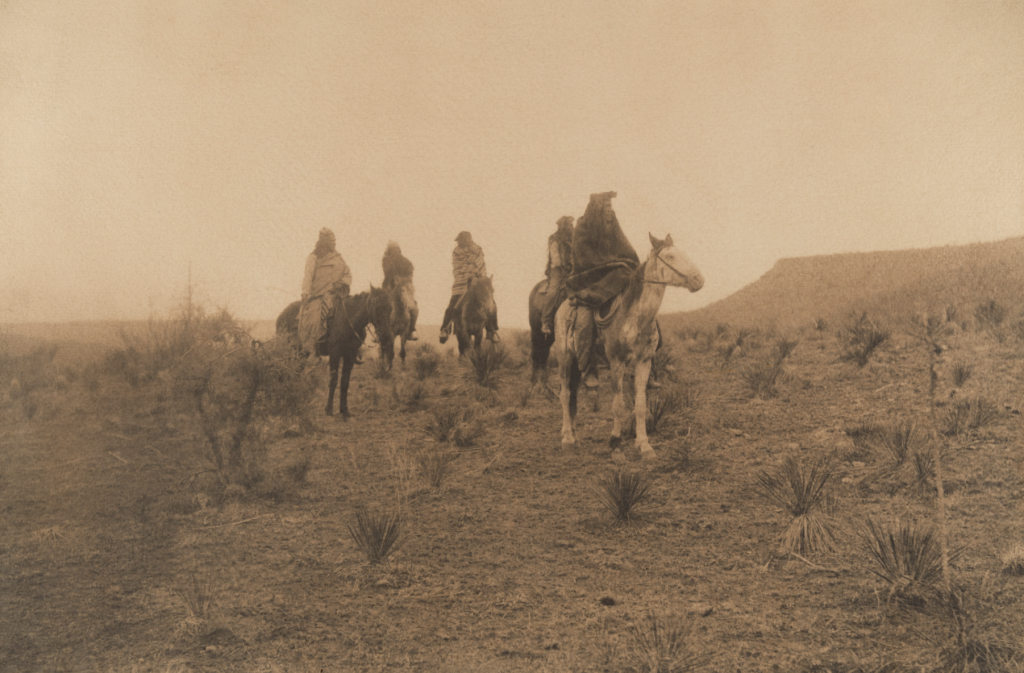Edward S. Curtis Took More Than 40,000 Images of Native Americans in a Quest to Document Their Culture. See Images From Artnet Auctions’ Sale of His Work Here


Artnet Auctions

After taking a portrait of the daughter of a high-profile Native American chief in 1895, photographer Edward Sheriff Curtis dedicated his career to documenting the lives and cultures of the most vulnerable residents of North America—the members of the Native American tribes being forced to move west by a land-hungry United States government.
In the pivotal years at the turn of the century, Curtis committed himself entirely to creating a visual record of and scholarship about Native American life before colonization and would take more than 40,000 photos over three decades. Living with native tribes for months at a time, Curtis set out to create a lasting record of their culture, traditions, and ways of life. Although some of his photographs were staged, the images of many of the tribes are important records of their history and culture.
In Artnet Auctions’ “Edward Sheriff Curtis: Platinum Masterprints” sale, thirty of Curtis’s vintage, turn of the century platinum prints are offered together in what is one of the largest auctions of work by the artist in over twenty years. Nearly half of the prints included in the sale have been shown in major museum exhibitions of Curtis’s work, and some of Curtis’s most well-known works are also being offered.
Below, learn more about three important works from the sale, brought together by Christopher Cardozo, one of the leading experts on Curtis, and click here to see more on Artnet Auctions.
While this image was well-known in its time by the white public for its “accurate representation” of native life, in reality, it’s said that Curtis took days to find the perfect combination of sky, prairie, and horses before taking this photograph. Like the other offerings in this sale, this version of the photograph is a platinum print, a rarity for Curtis prints, and the most desirable in terms of both aesthetics and collectability.
While living on the prairie in Montana, Curtis took this photograph of Piegan tipis. A rare photograph that was not a photogravure, this print is in its original Curtis studio mount and may be unique.
One of Curtis’s most well-known works, The Vanishing Race is a visual metaphor for Curtis’s belief that the culture of Native people was vanishing as a result of colonization. This particular print of the photograph is significant because it also remains in its original Curtis studio mount.